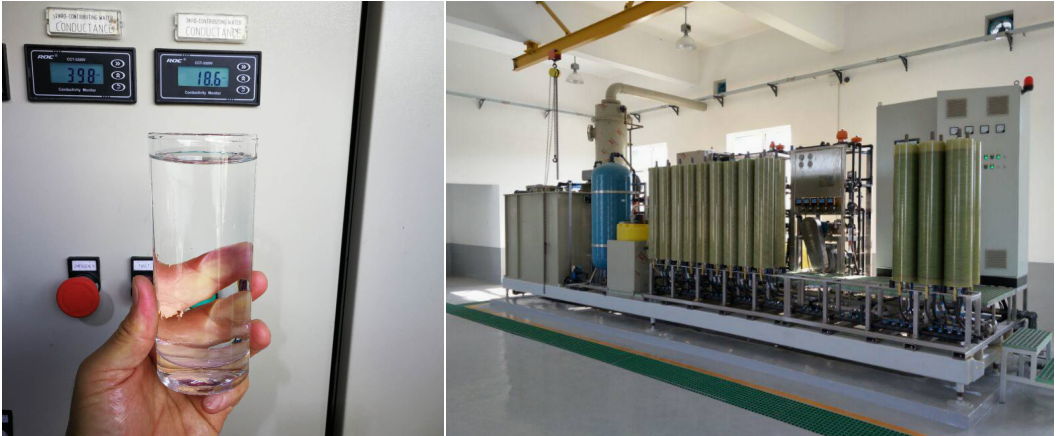Technical introduction:
Zero discharge of wastewater, also known as zero liquid discharge (ZLD), means that the company does not discharge any form of wastewater into surface waters. In 2008, the GB/T 21534-2008 "Industrial Water Saving Terminology" promulgated by the General Administration of Quality Supervision, Inspection and Quarantine of the People's Republic of China explained zero emissions as "the production water system of enterprises or main units reached the discharge of no industrial wastewater." In short, zero emissions are the form of concentrating industrial wastewater into solids or concentrates, rather than effluent to natural waters in the form of wastewater. Zero discharge of wastewater is a systematic project, including two levels. One is to use water-saving technology and other measures to improve water efficiency, reduce production water consumption, and at the same time increase wastewater reuse rate as much as possible to maximize the use of water resources. Second, the use of high efficiency The water treatment technology treats high-concentration organic wastewater and salt-containing wastewater, and concentrates the unusable high-salt wastewater into solid or concentrated liquid, and no longer discharges it into natural water in the form of waste water.
Zero Liquid Discharge Process Advantages:
> The concentration process section adopts the HighTR-RO process package with independent intellectual property rights, and the ED technology that has been repeatedly tempered through years of experience is mature, with high concentration multiple, low power consumption, reducing the amount of evaporation and crystallization at the back end and reducing the operation cost.
> Proprietary pretreatment process -- catalytic oxidation fluidization tower process, HS-Bio biochemical reactor, high-efficiency maintenance-free automatic filter, TenS series integrated sewage treatment process, Zeta anti-organic pollution instrument, etc., which can adopt different processes for different water quality to ensure efficient and professional pretreatment.
> Evaporation crystallization adopts the proprietary LTC low temperature crystallization process, without scaling and blockage, and can reduce the amount of steam and reduce the operation cost.
> Fresh water reuse to the production process or circulating cooling water replenishment, greatly improve the water quality ,and improve the water quality of external drainage.
Applicable Industry:
Coal chemical, petrochemical, coking power plant, papermaking, steel, food, silica sol, pharmaceutical and other have high-salt wastewater industries.
Technological Process:

Engineering photo:
